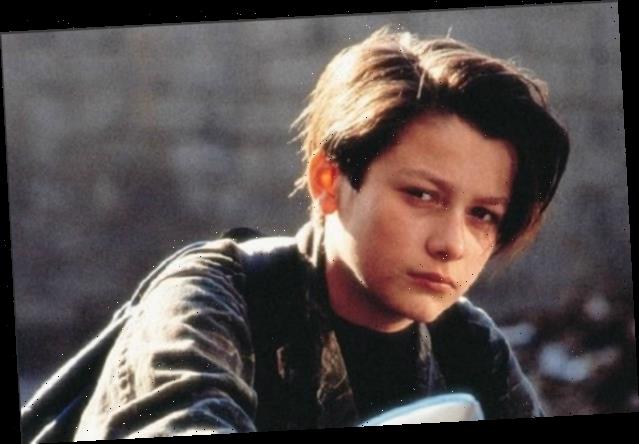“Dark Fate” features an interesting twist involving humanity’s future savior
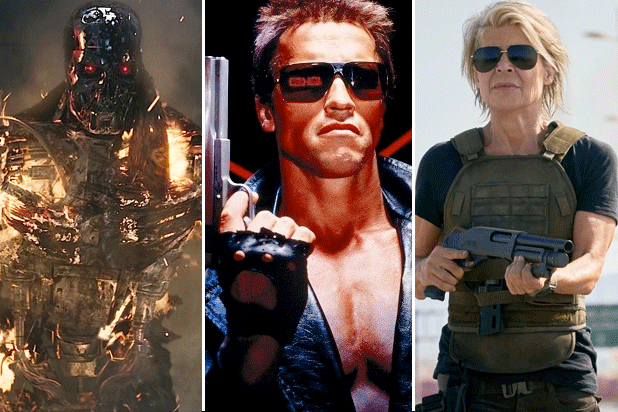
James Cameron’s breakout film “The Terminator” may not have been a hit in theaters, but it was such a cult favorite on home video that it spawned one of the biggest and most lucrative movie franchises in history. With “Terminator: Dark Fate” in theaters, let’s look back at all six feature films in the saga, and see how they stack up against each other.
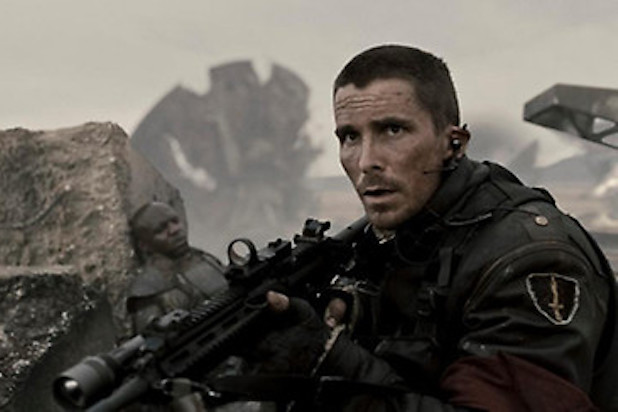
6. “Terminator Salvation” (2009)
The fourth “Terminator” movie has a great cast — Christian Bale, Anton Yelchin, Bryce Dallas Howard and Helena Bonham Carter — and a smart idea, to give all the time-travel a rest and actually set one of these postapocalyptic thrillers after the apocalypse for a change. Unfortunately, director McG is more interested in chaotic action than story, the new revelations about the universe are groan-inducing and Sam Worthington’s forgettable protagonist, a survivor with a secret, takes away valuable screen time.“Terminator Salvation” is the movie fans were waiting for, a film finally set in the future starring John Connor, and it failed to deliver in almost every way.
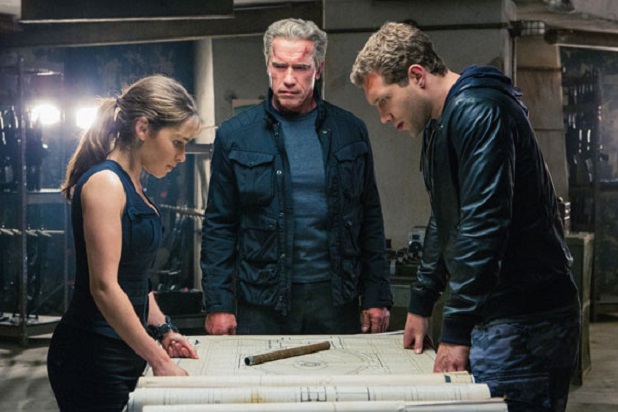
5. “Terminator Genisys” (2015)
Alan Taylor’s failed attempt to reboot the “Terminator” franchise plays like a whole bunch of fan theories thrown into a blender. Kyle Reese (Jai Courtney) goes back in time to rescue Sarah Connor (Emilia Clarke), only to discover that she teamed up with a Terminator (Arnold Schwarzenegger) years ago and is also capable of protecting herself. The timeline is a mess, on purpose, and it’s up to them to fix it. There are some interesting ideas in “Terminator Genisys,” but that only gets the film so far, and only if you’re addicted to the franchise’s minutiae. The actual story falls apart quickly, thanks to Courtney and Clarke failing to capture the magic of the original characters, and a plot that’s all set-up for future sequels and very, very little payoff.
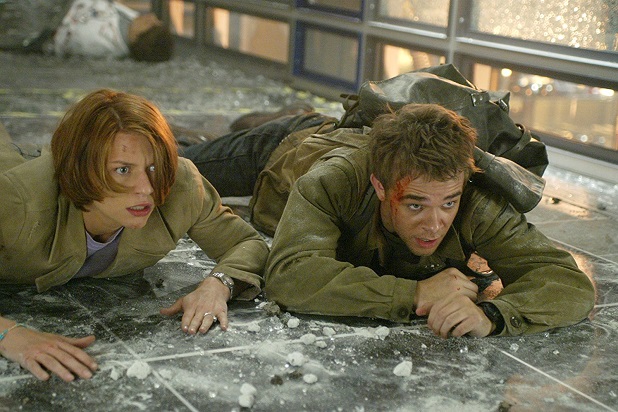
4. “Terminator 3: Rise of the Machines” (2003)
Jonathan Mostow’s entry in the “Terminator” franchise is better than its reputation suggests, following the classic formula in an unexpected way and building up to a gut-punch finale that finally solves the paradox underlying the franchise: if Skynet was only built because Skynet sent a Terminator back in time, then how did Skynet get built in the first place? Nick Stahl takes over as John Connor, Claire Danes plays the woman who will one day become his second-in-command and Arnold Schwarzenegger has to protect them from a new breed of Terminator, the T-X, played with menace and unusual physicality by Kristanna Loken. The action sequences are phenomenal — the truck chase is one of the highlights of the series — but the humor falls flat, and the frenetic pace gives little time to connect to the characters. “Terminator 3” is not a bad film, and yet, compared to the first two, it can’t help but look subpar.
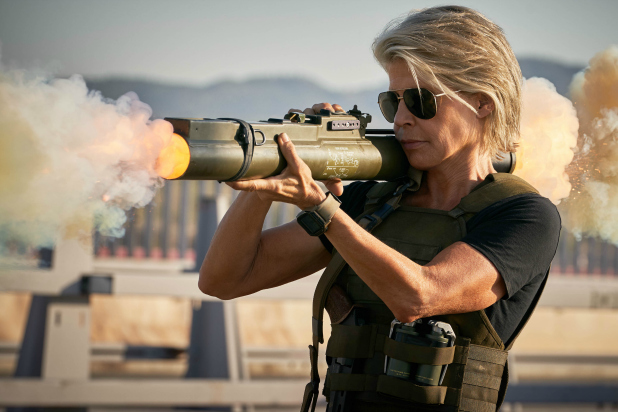
3. Terminator: Dark Fate (2019)
The latest attempt to reboot the franchise, ignoring all but the first two films, is an absolute winner. Tim Miller (“Deadpool”) takes over, in a story about a new Terminator coming back in time to kill a young woman named Dani (Natalia Reyes), who is protected by a new kind of cyborg (Mackenzie Davis) and Sarah Connor herself (Linda Hamilton). The story hits familiar beats, but the characters are rich and distinct, and the film treats its contemporary backdrop like the sort of sci-fi dystopia that movies like the first “Terminator” warned us about. Fantastic action, memorable characters, surprising humor and impressive relevance. “Terminator: Dark Fate” doesn’t play like a cash-in sequel, or fan fiction, or even a mixed bag. It’s a legitimately great “Terminator” movie.
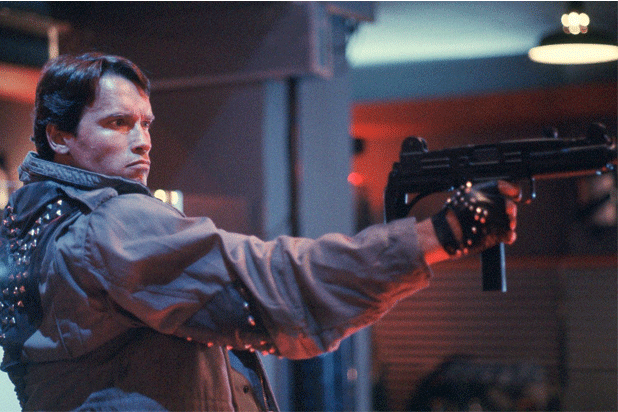
2. “The Terminator” (1984)
James Cameron’s original film, inspired by the works of Harlan Ellison, plays as much like a horror movie as a sci-fi action flick. Linda Hamilton plays Sarah Connor, a mild-mannered waitress who doesn’t realized she’s been targeted for extermination by a high-tech robot from the future, played by a terrifyingly cold Arnold Schwarzenegger. Only Kyle Reese (Michael Biehn), a fiercely dedicated soldier from the future, can save her before the Terminator ends her life and prevents her son from saving the future from the tyranny of the machines. Bold, violent, idea-driven filmmaking, with practical effects so impressive you’d hardly know it was a low-budget production. Everything about “The Terminator” feels epic. Or at least it did, until the sequel came along and redefined what “epic” could be.
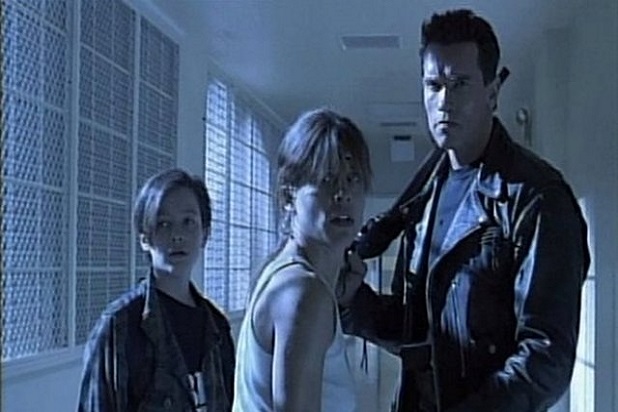
1. “Terminator 2: Judgment Day” (1990)
Cameron’s sequel raised the bar for action filmmaking and visual effects, revisiting much of the original’s plot (even some of the dialogue is the same) but pushing it as far as moviemaking could go. Sarah Connor spent years training her son, John (Eddie Furlong), to be the hero of the revolution, before she was institutionalized for her paranoid fantasies and paramilitary acts of terrorism. But when John is targeted by a new liquid metal T-1000 (Robert Patrick), and rescued by a heroic older model (Schwarzenegger), John realizes she was right all along. Together they try to change the future, kill an unkillable machine and make seemingly impossible images and action sequences look plausible. They succeeded. “Terminator 2” may be a bit of a retread, but it’s a singular, ambitious entity; not just one of the best sci-fi movies, but also one of the best action movies, and one of the greatest spectacles in movie history.
Where does “Terminator: Dark Fate” stand among its predecessors?
James Cameron’s breakout film “The Terminator” may not have been a hit in theaters, but it was such a cult favorite on home video that it spawned one of the biggest and most lucrative movie franchises in history. With “Terminator: Dark Fate” in theaters, let’s look back at all six feature films in the saga, and see how they stack up against each other.
Source: Read Full Article
